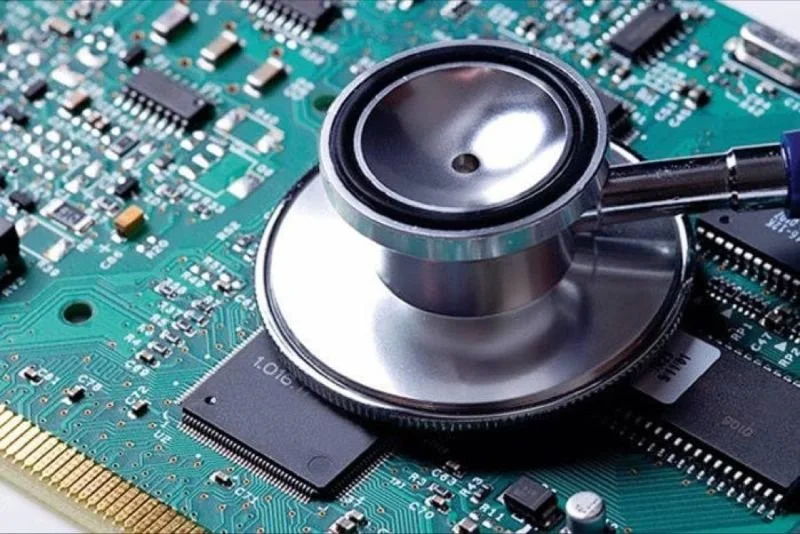Let’s talk electronics for Medical Devices!
LISTEN UP! Because a lot of people will charge you for this info, but you get to see it here for free! 👀 💸
Now, QA is not necessarily our job as electronics engineers. But it makes us into much better electronic engineers when we know our devices have to pass medical regulations 🩺
1- First things first, it's important to understand the three different classes of medical devices.
✨ Class I (Low risk): e.g. stethoscopes and some thermometers 🌡️
✨ Class II (Moderate risk): Higher risk, more regulation e.g. breast pumps and ultrasound machines 📡
✨ Class III (High risk): Support or sustain life, highest regulation e.g. pacemakers and heart valves 🫀
2- In the electronics based medical devices world, 60601 is the QUEEN of all regs 👸🏽 Always do your electronics 60601 review with at least two people because some of them clauses are self contradictory or vague, so would help to have someone else to bounce ideas off to reach a consensus 🤓
3- Make sure all your components are traceable and RoHS REACH compliant. I’m not just saying your main components, nope, even every single resistor. Try to convince your client or company to use software like SiliconExpert to save time (and tears 🥲)
4- Make sure the company you’re working with have a QA Manager. While you might be a great EE who knows their way around medical compliance more than the average EE, QA is a whole different job and you shouldn’t be expected to lead on it on top of your actual job as an EE 🙅🏽♀️ 🚩
5- Generally, the quickest route to market is through the FDA using a process called 510(K) where you are basically proving that your product is similar to other approved products on the market and that it is safe 😷
6- But! Don’t believe the FDA when they tell you it’s a “90 day process”. Yeah, more like 9 months process… if you’re lucky! So be prepared 🏁
7- That said, it is still much quicker than for example, the EU, where the MDR current wait list is TWO years just to get to tech file approval 😱
8- If you’re not sure if your product can qualify for a 510K, you could go through a 510G classification process and the FDA will let you know if you can submit through 510K or not. Otherwise they will suggest De Novo (or PMA if you’re Class III).
9- Finding a good test house is KEY 🔑 UL Solutions offer all kinds of services and they’re great!
10- Lastly, and most importantly! Find good mentors along the way and keep learning 📖 For me, I’m very grateful for amazing mentorship from Jim Meech and Alastair Traquair PMP 💕💕
